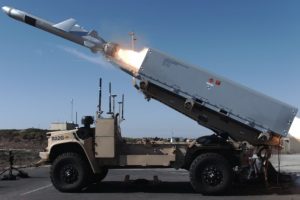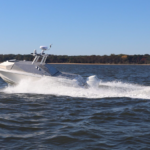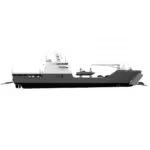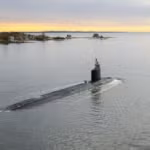
Commandant of the Marine Corps David Berger last week outlined several areas he is focusing on through his Force Design 2030 effort and budget planning and called a new ground-based anti-ship missile capability the service’s top priority in the FY 2022 budget. Speaking during the annual McAleese Defense Programs Conference May 13, he said the main focus of the Force Design is to help the Navy deter a fight with China while also helping it compete on a daily basis…

 By
By 











